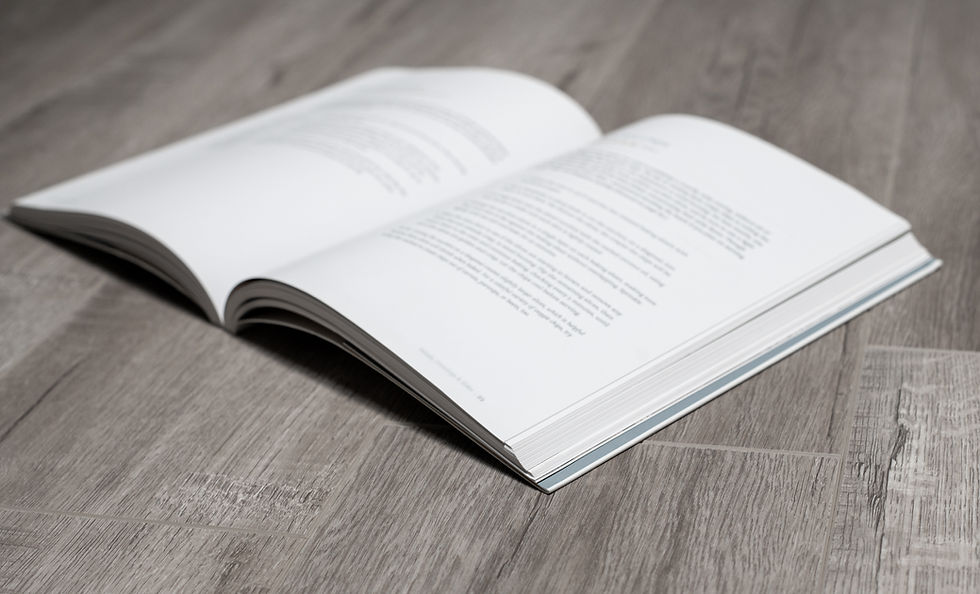Understanding Corns on Feet: Causes, Treatments, and Prevention
- The Foot Clinic

- Oct 7, 2024
- 3 min read
Updated: Dec 10, 2024

Corns on feet are a common foot condition that can cause discomfort and pain, particularly for individuals who spend significant time on their feet. Understanding how corns develop, the various treatment options available, and effective preventative measures can help maintain foot health and comfort. In this blog post, we will explore the nature of corns, their causes, and how to manage and prevent them.
What Are Corns?
Corns are thickened areas of skin that develop in response to friction and pressure, typically on the toes or the soles of the feet. They are often characterised by a hard centre surrounded by inflamed skin. While corns can be painful, they serve as a protective mechanism, indicating that the skin is reacting to excessive pressure or irritation.
Types of Corns
Hard Corns: These are small, concentrated areas of thickened skin, usually found on the tops or sides of toes. They are often round and have a hard centre.
Soft Corns: These typically occur between the toes and are softer due to moisture from sweat. They often appear white or greyish and can be particularly painful.
Seed Corns: These are tiny corns that develop on the soles of the feet, often caused by pressure from standing or walking.
Causes of Corns
Corns develop as a response to repeated friction and pressure on the skin. Common causes include:
Ill-Fitting Footwear: Shoes that are too tight or too loose can create friction against the skin, leading to corns.
High Heels: Wearing high-heeled shoes can place excessive pressure on the toes, contributing to the formation of corns.
Foot Deformities: Conditions such as bunions or hammertoes can lead to uneven pressure distribution, increasing the likelihood of corn development.
Repetitive Activities: Sports or activities that involve repetitive movements or prolonged pressure on certain areas of the feet can also result in corns.
Treatment Options
If you have corns, several treatment options can help alleviate discomfort and address the underlying causes:
1. Footwear Adjustment
One of the most effective treatments for corns is to change to properly fitting footwear. Ensure your shoes provide adequate space for your toes and do not cause friction. Consider footwear with cushioning to reduce pressure on affected areas.
2. Padding and Protectors
Over-the-counter corn pads can provide cushioning and reduce pressure on the affected area. These pads can help alleviate pain and prevent further irritation.
3. Soaking and Exfoliating
Soaking your feet in warm water can soften corns, making it easier to gently exfoliate the thickened skin using a pumice stone. This should be done with care to avoid damaging healthy skin.
4. Topical Treatments
Various over-the-counter treatments containing salicylic acid can help dissolve corns. Follow the instructions carefully, and avoid using these treatments on sensitive or inflamed skin.
5. Professional Care
If corns are painful or persistent, consult a podiatrist. They can provide professional removal and recommend custom orthotics or other interventions tailored to your foot structure and lifestyle.
Preventative Measures
Taking proactive steps can significantly reduce the risk of developing corns:
Choose the Right Footwear: Invest in well-fitting shoes that provide adequate support and cushioning. Avoid narrow shoes that constrict the toes.
Use Moisturiser: Keeping your feet moisturised can help maintain skin elasticity and reduce friction. Pay particular attention to the areas prone to corns.
Practice Good Foot Hygiene: Regularly inspect your feet for signs of irritation or corns and maintain proper foot hygiene to keep skin healthy.
Wear Socks: Choose moisture-wicking socks that reduce friction and provide cushioning.
Be Mindful of Activities: If you engage in activities that put pressure on certain areas of your feet, consider using protective pads or orthotics to distribute pressure more evenly.
Conclusion
Corns on feet, while common, can be a source of discomfort if left untreated. Understanding the causes, exploring effective treatments, and implementing preventative measures are essential for maintaining foot health. By prioritising proper footwear and foot care, you can minimise the risk of corns and continue to enjoy your daily activities with comfort and ease. If you experience persistent issues, do not hesitate to seek professional advice from a podiatrist to ensure your feet remain healthy and pain-free.
_edited.png)




Comments